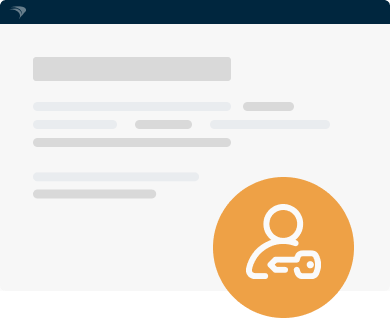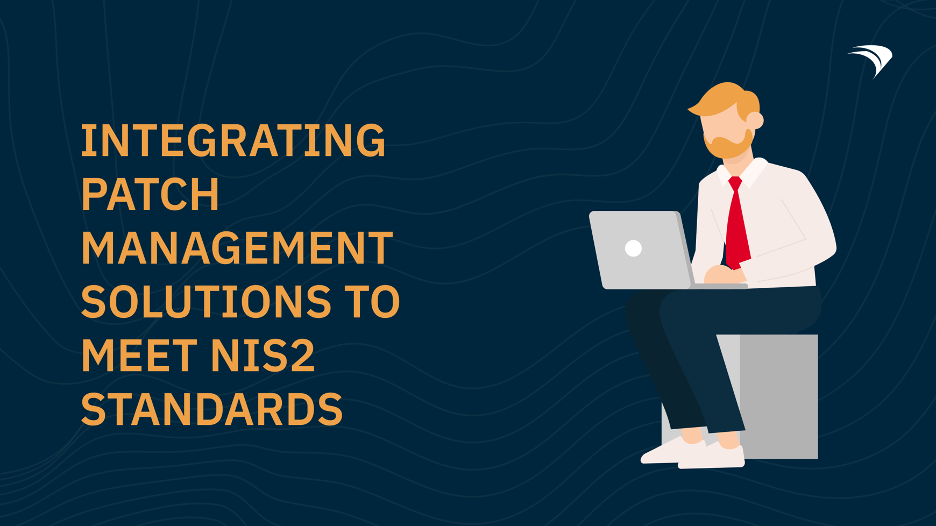As classrooms around the globe become increasingly digital, the presence of mobile devices is soaring. While this trend opens exciting avenues for learning and engagement, it also brings a pressing need for real-time device monitoring. Institutions now find themselves at a crossroads where ensuring student engagement and protecting their wellbeing during digital learning isn’t just helpful—it’s critical.
Understanding Real-time Monitoring of Student Devices
So, what exactly does real-time monitoring of student devices entail? It’s all about empowering educational institutions with the ability to oversee and manage how students utilize their laptops, tablets, and smartphones throughout the learning process. This goes beyond simple oversight; it also encompasses adherence to school policies and safeguarding students from the potential online dangers lurking in the digital world.
The Crucial Role of Real-time Monitoring
In our rapidly evolving educational landscape where digital-first teaching is becoming the norm, the importance of real-time monitoring becomes glaringly evident. Here are a few compelling reasons why institutions can’t afford to overlook this aspect:
- Student Safety: With enormous amounts of content freely accessible online, monitoring ensures that students are shielded from harmful exposures, inappropriate materials, and cyberbullying.
- Enhanced Focus: By analyzing usage patterns, educators can pinpoint distractions and help guide students back on track, ensuring that the learning experience is as productive as possible.
- Data Security: In today’s data-driven world, it’s imperative to protect sensitive student information—after all, schools are custodians of increasingly vast data.
- Policy Enforcement: Real-time monitoring allows school administrators to uphold device usage regulations, keeping misuse to a minimum and fostering a productive learning atmosphere.
Steps to Effective Device Monitoring
So you’re onboard with the importance of real-time monitoring—great! Now, how do you implement this effectively? Let’s break it down into some approachable steps and best practices:
1. Select the Right Monitoring Software
The foundation of effective monitoring is selecting the right software. It’s essential to look for solutions that:
- Offer comprehensive visibility across various devices, from PCs to tablets to smartphones.
- Feature customizable settings tailored to different grade levels or classroom needs.
- Provide handy tools like screen monitoring, activity logging, and alert systems to flag policy violations.
2. Promote Responsible Technology Use
Monitoring isn’t just about oversight; it’s equally about fostering responsible technology use among students. Setting tangible expectations for device usage can:
- Cultivate better self-regulation skills in students.
- Significantly decrease the chances of policy breaches.
- Encourage a culture of trust rather than fear, allowing students to feel supported in their tech journeys.
3. Engage Parents and Guardians
For effective monitoring, including parents and guardians in the conversation can make a profound difference. Open lines of communication about monitoring practices help:
- Align school expectations with home environments.
- Encourage guardians to continue monitoring device usage beyond school hours, creating a united front regarding responsibilities.
4. Offer Ongoing Training for Educators
Teachers are on the front lines in this digital landscape; thus, regular training on monitoring software is vital. Focused areas for training should include:
- Best practices for deciphering monitoring reports.
- Proactive strategies to tackle issues flagged by monitoring.
- Integrating insights from monitoring into lesson planning to enhance learning outcomes.
5. Develop a Responsive Action Plan
Every effective monitoring system should come with a well-considered action plan addressing policy violations. This could involve:
- Establishing clear disciplinary guidelines for improper device use.
- Providing support options for students engaged in harmful online activities.
- Regularly reviewing monitoring data and adjusting policies or adding support as needed.
Key Features for Monitoring Solutions
When weighing various monitoring options, keep an eye out for these critical features that enhance functionality:
- Real-time Alerts: Swift notification systems that alert administrators about inappropriate use or security hazards.
- Usage Analytics: In-depth reports that illustrate student device usage patterns, contrasting educational app usage with recreational time.
- Remote Management: Tools that allow educators to proactively manage devices, whether it’s locking screens or blocking certain apps during lessons.
- Data Privacy Features: Solutions must comply with data protection regulations, ensuring that student privacy is upheld while also securing necessary data.
In Conclusion
As the tide of mobile device usage continues to rise in educational settings, it brings along both remarkable opportunities and heightened challenges. Embracing real-time monitoring isn’t merely a safety measure; it’s an essential practice for nurturing engaged, focused, and secure learning environments. By rolling out effective monitoring solutions and instilling a culture of responsible use, schools can strike the perfect balance between leveraging technology’s benefits and ensuring student safety.
Ready to gear up your learning environment with effective monitoring tools? Take our 30-day free trial today and discover how our solutions can streamline your device management, ultimately boosting student success.





